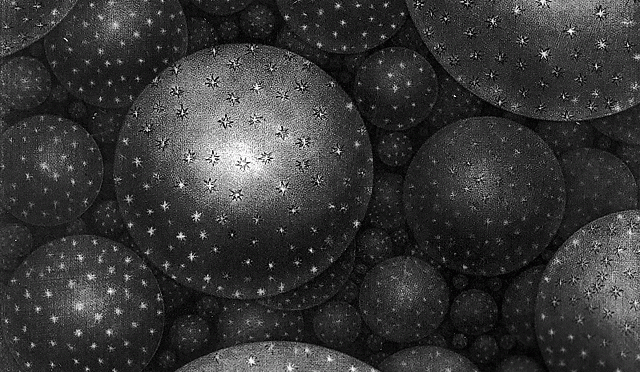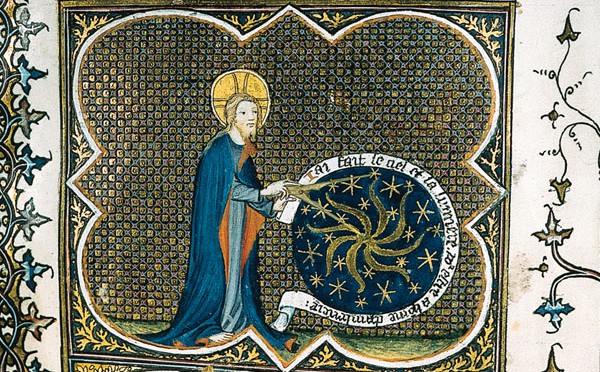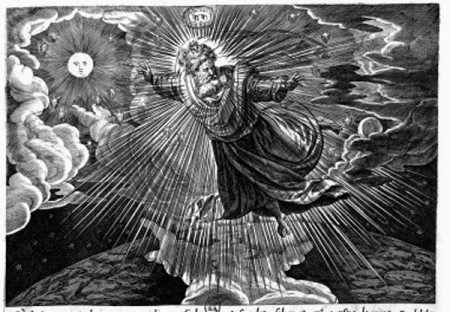Sequel of the preceding post Cosmogenesis (4) : The Creator
The order of the Creation
“Order and Truth are born when Passion is aroused. From them is born Night and from Night the Ocean and its waves. From the Ocean’s waves is born the Year, which apportions Night and Day and governs all that the eye sees. The Creator gave shape first to the Sun and Moon, then to the Sky and the Earth, then to the Air and finally to Light.”
Rig-veda, X, 190.
According to Vedic tradition the Creation took place in a completely different order from that specified by the familiar Jewish/Christian story: on the first day God created matter and light out of chaos; on the second day He, created the air by separating the sky from the waters; on the third day He divided the earth and the waters; on the fourth day He created the celestial bodies, on the fifth the fish and the birds and on the sixth the animals and man; finally, on the seventh day, God rested and contemplated his work.
According to Genesis the separation of light and darkness took place on the first day, the sun and moon not appearing until the fourth. The light which existed on the first day therefore did not come from the sun. Here the bible is perpetuating an ancient belief that light and darkness are independent of the sun, moon and stars, which exist not to provide light but merely to increase it, to distinguish between day and night, to mark the changing of the seasons, and so on. “We must remember that daylight is one thing and sunlight, moonlight and starlight another – the sun’s purpose is to give daylight additional brilliance,” wrote St Ambrose in his Hexameron.
This idea is clearly illustrated by the mosaics in St Mark’s cathedral in Venice and by the frescos in the baptistery in Florence and the basilica of St Francis at Assisi, all of which show the Creator placing in the sky two discs of equal size distinguished only by their colour or by an inscription.

Whereas mythical and religious stories describe the creation of the world (by one or more gods), scientific “accounts” are concerned with the formation and evolution of the universe and its content. There are, however, many parallels between these two approaches.

The Creation of the World According to the Nuremberg Chronicle Continue reading Cosmogenesis (5) : The Order of the Creation




![Young Christ as Creator. The wonderful fresco adorning the cupola of the baptistery of San Giovanni in Padua is the work of the Florentine artist Giusto Dei Menabuoi, who was active in the second half of the 14th century. It shows God the Son as Creator. Giusto Dei Menabuoi, [The Creation of the World], 14th century.](https://blogs.futura-sciences.com/e-luminet/wp-content/uploads/sites/11/2016/05/Creation-Menabuoi.jpg)